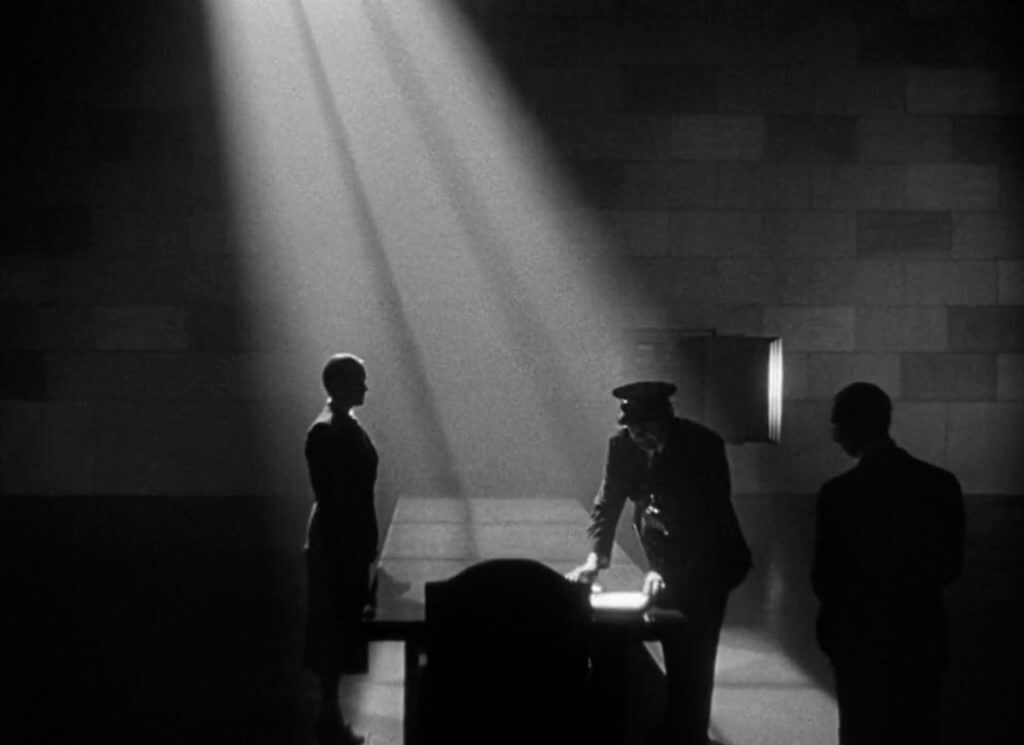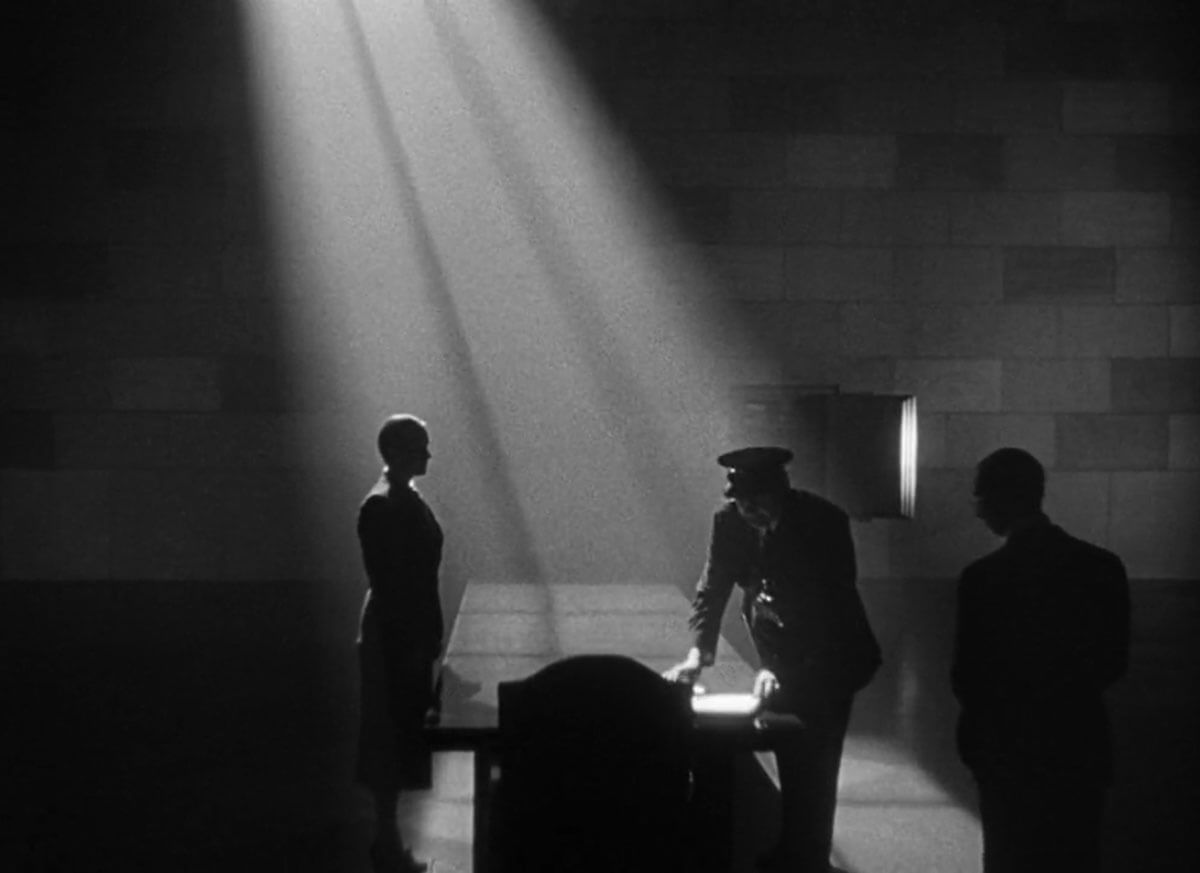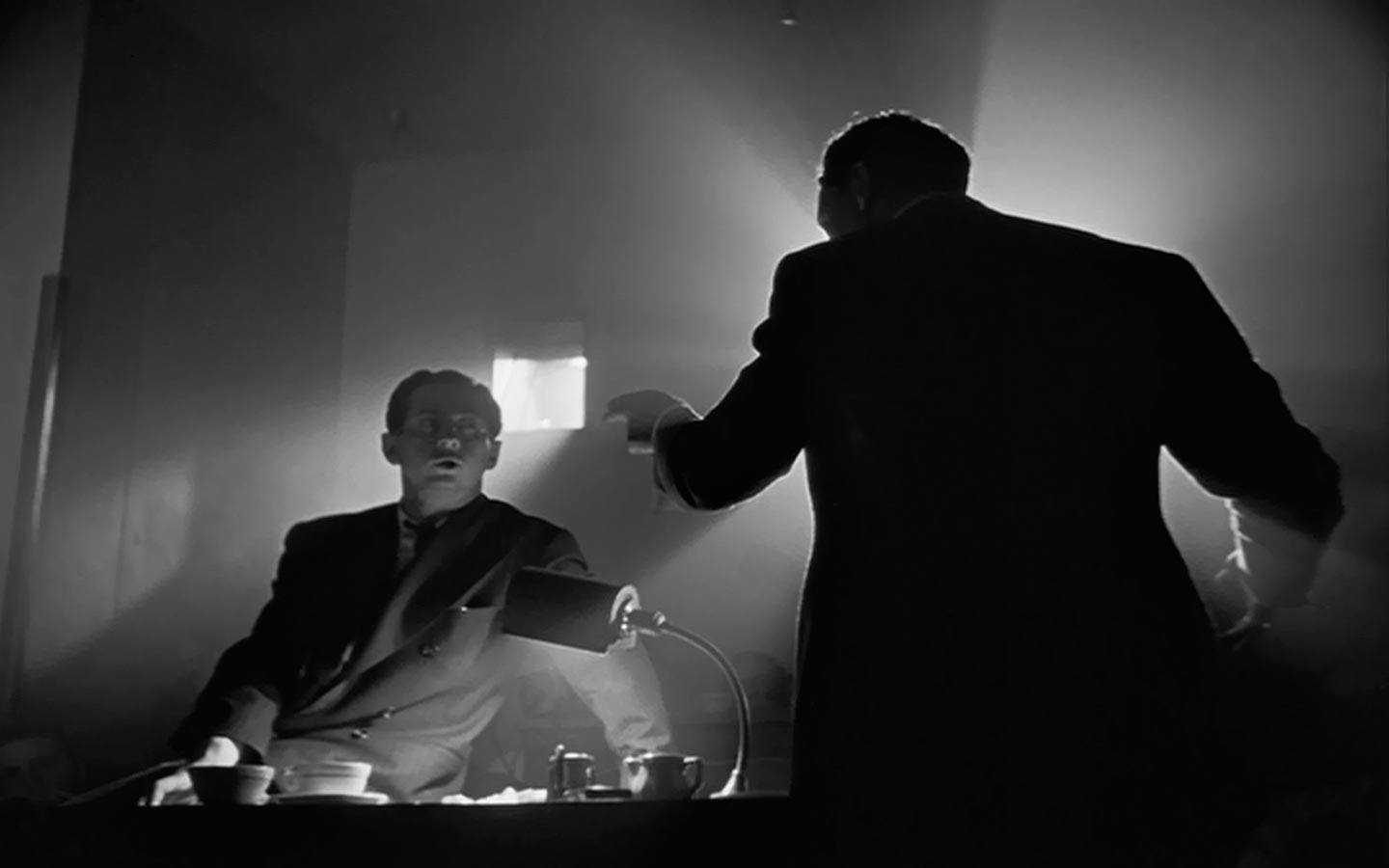The Light of Citizen Kane. The various camera techniques used by Orson in Citizen Kane were backlight Another dramatic technique used by Welles Throughout the film was the use of extreme backlight.

Cameo Lighting Explained What It Is And How To Use It Videomaker
In Citizen Kane Orson Welles lighting decisions allowed him to convey more implicit messages about the action on screen and reveal an almost opposite.

. Kane didnt invent all of its techniques but its one of the few pictures I can think of that uses almost every one in the movie playbook. Techniques In Citizen Kane. With this film Welles introduced many new filmmaking innovations.
Techniques and elements make up a films greatness. Being the third chapter in the movie we can already see how prevalent this particular component of mise-en-scene is the moment the film commences through the moment the big finishing letters The End fade on. Experimenting with creative storytelling techniques and non-linear plot construction the director treated the time parameter sensitively replacing time continuity of real scene by a subjective continuity controlling the rhythm and.
The various camera techniques used by Orson in Citizen Kane were backlight Another dramatic technique used by Welles Throughout the film was the use of extreme backlight. The Light of Citizen Kane. One aspect that was striking regarding Citizen Kane was the use of lighting to emphasize the importance of the characters.
From the use of this extreme backlight Welles concealed the identity of. The lighting has to also do the work potentially done by color palette and tone. The leveraging of characters movements to control who and where the.
The film is like a dictionary of the cinematic language even to this day. Mise-en-scene also commonly known as staging is. In cinematography there is different types of lighting such as.
The shadow given to him represented how in the dark he had became over the course of his life. The use of lights in films helps create a meaning about what the scene is about and at times reveals a little more. Some of the innovations were in cinematography storytelling techniques and special effects lighting.
In viewing the Love Nest Confrontation scene Welles and Toland used a combination of different techniques that include deep focus cinematography and exotic camera angles to give the audience an in-depth viewperspective of the exchanges and dialogue going on between characters. For example Charles Kane was almost always under high key lighting which highlighted his significance to the plot. For example lighting techniques were used within the scene where Susan was leaving Kane.
With a flash of lightning and a subtle shift of the lighting. Some of the striking stylistic elements of Citizen Kane include its expressionistic use of lighting its dizzying variety of camera angles and movements its range of camera positions from the extreme close-up to the panoramic longshot its use of wide angle lenses and deep focus to create scenes of a three dimensional background and its inversion of the common setup shot. Lighting is a crucial element of mise-en-scene in all films but especially so in black and white cinema.
Key light fill light and backlight as well as the direction of lighting are aspects most taken advantage of with helping portray the films purpose. Three point lighting fill light key light high key and low key lighting top or under lighting and many more. Thompson or any of the people associated with News.
Its more than just dark shadows and bright lights. The fresh sophisticated and classic masterpiece Citizen Kane 1941 is probably the worlds most famous and highly-rated film with its many remarkable scenes and performances cinematic and narrative techniques and experimental innovations in photography editing and sound. The Use Of Light In The Film Citizen Kane.
In Citizen Kane Orson Welles uses creative innovative lighting techniques to send the audience messages about the characters and the themes at hand in each scene. Citizen Kane has been called many things. Throughout the scene high-key lighting was given to Susan to represent her true value in Kanes life and control.
Its director star and producer were all the same genius individual - Orson Welles in. Citizen Kane introduced Hollywood to the creative potential of other cinematic techniques as well. In fact throughout the film Welles uses lighting to give his settings dynamic gradients and compelling shadows.
In contrast almost all of the shots of Mr. Techniques such as single source lighting creative use of shadows montage obscure camera angles and deep focus photography make the film more enthralling visually but also contributed to the narrative and many of the themes. Lighting in Citizen Kane is creatively used to illustrate relationship dynamics and hierarchy or significance of key characters compared to one another.
Gregg Toland the cinematographer Welles chose for Citizen Kane had used the technique in an earlier film he had worked on The Long Voyage Home but Citizen Kane marked the first time it was used so extensively or effectively. Three point lighting fill light key light high key and low key lighting top or under lighting and many. Citizen Kane is a 1941 American drama film directed co-written produced by and starring Orson Welles.
This was Welless first feature film. Welles use of lighting throughout the film directs the audiences focus expresses key aspects of characters. The Lighting of Citizen Kane.
The Use Of Light In The Film Citizen Kane. In the times when films were black and white the use of light is not easily visible. Citizen Kane applies low-key lighting to aid those particular scenes that emit a mysterious and threatening overtone.
Low-key lighting is incorporated to create powerful visual contrasts and darker sharper shadows more specifically to achieve the effect of chiaroscuro which provides extremely dark and light regions within one image. Posted on September 4 2015. Some of these include Mise-en-Scene sound lighting scripting camera shots angles and editing.
From scene to scene lighting is a way to communicate something about the given characters and settings. Some call it the greatest American film ever made while others call it a triumph of form over content. Orson Welles used the cameo lighting technique frequently in his 1941 masterpiece Citizen Kane.
Citizen Kane is a 1941 drama film directed by Orson Welles and praised for its innovative sound and editing methods in cinematography. One such innovation was a technique known. Of all the scenes with outstanding lighting techniques used in Citizen Kane one of the scenes that stood out most to me was Rosebud Dead or Alive.
In films a big concept has always been the use of lights. The cinema through Rosebud-colored glasses. In cinematography there is different types of lighting such as.
Whereas Kane was given low-key lighting with a shadow casted on him the entire time.

Make The Most Of Mood Lighting Ecg Productions
Lighting In Citizen Kane Blunt Comedy Reviews By Conor Chepenik

Cameo Lighting Explained What It Is And How To Use It Videomaker

6 Ways To Citizen Kane Your Film

Cameo Lighting Explained What It Is And How To Use It Videomaker

Make The Most Of Mood Lighting Ecg Productions


0 komentar
Posting Komentar